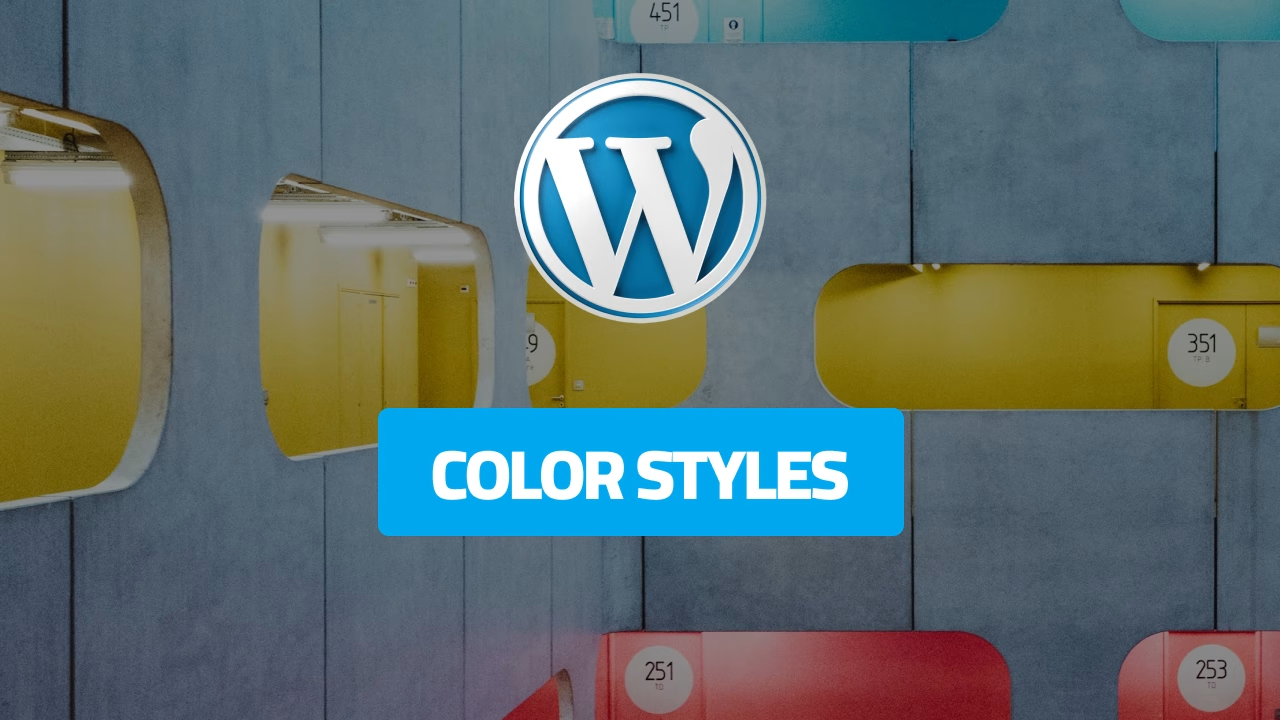A design system is a centralized collection of design standards, reusable components, and guidelines that streamline the creation of cohesive, scalable digital products. Whether you’re designing a website, mobile app, or any digital interface, design systems ensure consistency and efficiency across projects. By creating a unified source of truth for design and development teams, design systems can save time, reduce errors, and improve collaboration.
In this pillar article, we will explore everything you need to know about design systems—what they are, why they’re essential, how to create one, and the best practices for maintaining it. We’ll also link to detailed resources on specific topics, such as creating style guides, designing buttons, and organizing your design system for maximum efficiency.
Table of Contents
What is a Design System?
At its core, a design system is a comprehensive framework that brings together design elements (like typography, color, and icons) and reusable components (such as buttons, text fields, and sliders) to provide a consistent visual language. It is the foundation for scaling design across products and teams.
Key Concepts of a Design System:
- Components: Reusable building blocks such as buttons, forms, navigation, and UI cards.
- Patterns: Solutions for recurring design problems, such as layouts or carousels.
- Guidelines: Rules for using design elements, including color, typography, spacing, and grids.
- Style Guide: A reference that defines the visual identity of your brand or product.
Learn more about the essentials in our detailed guide on Design System 101: Everything You Need to Know.
Why Design Systems Matter
Design systems are the backbone of efficient and scalable product development, especially for larger teams or organizations. They offer numerous benefits, including:
- Consistency: Ensures uniform design across all platforms and touchpoints, improving user experience.
- Collaboration: Bridges the gap between designers, developers, and stakeholders, ensuring everyone follows the same guidelines.
- Efficiency: Speeds up the design and development process by providing pre-defined components and rules, eliminating the need to start from scratch.
- Scalability: Supports the creation of multiple products with shared components, enabling rapid expansion and iteration.
Key Components of a Design System
A robust design system includes various elements that make up the visual and functional aspects of a product. Below are some key components you’ll want to include in your design system.
1. Buttons
Buttons are a fundamental part of any user interface, serving as a primary interaction point. Learn how to create consistent and accessible buttons in our guide to designing buttons for your design system.
2. Forms and Text Fields
Forms play a critical role in capturing user information, making text fields and forms essential to a well-organized design system. Learn best practices in our text fields and forms guide.
3. Navigation
Navigation components ensure users can move through your product seamlessly. From headers to footers and sidebars, organizing navigation elements is crucial. Dive into our navigation design guide.
4. Sliders & Carousels
Sliders and carousels are often used to showcase content dynamically. Learn how to design these elements to enhance user engagement in our sliders & carousels design guide.
How to Build an Effective Design System
Building a design system involves several key steps, from gathering inspiration to organizing and maintaining components. Below is a brief outline of the process:
- Collect Inspiration
Before you start building your design system, it’s essential to gather inspiration. Look at successful design systems from leading companies to understand their visual language, structure, and use of components. Read our article on collecting inspiration for your design system. - Organize Your Design System
Once you have your inspiration, it’s time to structure your design system. Effective organization ensures easy access to components and guidelines, improving collaboration across teams. Explore the best practices for organizing your design system. - Create a Style Guide
Defining the look and feel of your design system is crucial for consistency. Your style guide should include typography, color schemes, iconography, and grid systems. Learn how to create a detailed style guide for your design system.
Best Design Systems in Practice
When building your design system, looking at design system examples from leading companies can provide valuable insights. Some of the most well-known design systems include:
- Google Material Design: A highly comprehensive system focused on visual, motion, and interaction design for the web and mobile.
- IBM Carbon Design System: IBM’s open-source design system for creating digital experiences.
- Atlassian Design System: Focused on the collaboration experience with guidelines on how to create user-centered interfaces.
Design System in Figma: Creating, Collaborating, and Scaling
Figma is a powerful tool for building design systems, allowing teams to create, share, and collaborate on components and guidelines in real time. Design systems in Figma are especially beneficial for remote teams, as they offer a cloud-based environment that ensures everyone is working from the same source of truth.
Maintaining and Scaling Your Design System
After creating your design system, it’s important to maintain it as your product evolves. Regular updates and audits help ensure that your system stays relevant and continues to serve the needs of both designers and developers.
Best practices for maintaining a design system include:
- Documenting Changes: Keep a changelog to track updates and iterations.
- Feedback Loop: Encourage feedback from designers and developers to ensure that the system is practical and easy to use.
- Consistent Audits: Regularly review your design system to ensure it continues to meet business and user needs.
Discover how to effectively manage your design system with our detailed guides.
Conclusion and Next Steps
Building a design system is an investment that pays off in long-term efficiency, collaboration, and consistency. Whether you’re starting from scratch or refining an existing system, this comprehensive guide provides all the insights you need to succeed. For more detailed tutorials on specific elements, explore our cluster articles on organizing your system, creating style guides, and designing essential components like buttons, forms, and navigation.




